
Bengaluru-based autonomous driving start-up, Minus Zero, has taken a significant step forward in the realm of autonomous vehicles with the unveiling of the zPod. This groundbreaking concept, which Minus Zero claims to be India's first autonomous vehicle, showcases the full extent of their self-driving technology developed through artificial intelligence (AI) innovation. With a vision to alleviate traffic congestion and reduce road accidents, Minus Zero aims to revolutionise the automotive industry by providing their autonomous driving technology to manufacturers and improving their Advanced Driver Assistance Systems (ADAS) suite.
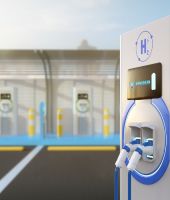
As we move towards a greener and more sustainable future, the automotive industry plays a crucial role in reducing its environmental impact. One significant aspect of this effort is the exploration of alternate fuels. India is already on a path towards a more sustainable future and these fuels offer promising alternatives to traditional petrol and diesel, presenting numerous benefits for both the environment and the automotive sector.
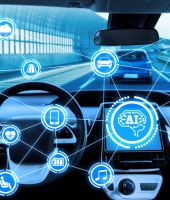
In recent years, autonomous driving systems have emerged as a significant breakthrough in the automotive industry. Enabled by advancements in artificial intelligence (AI), these systems hold the promise of enhancing safety, improving efficiency, and transforming the way we travel.

Your driving habits can have a significant impact on your car's performance and fuel efficiency. By making a few changes to the way you drive, you can improve your car's overall performance and save money on gas. In this post, we take a closer look at some of the ways that your driving habits can affect your car and what you can do to drive more efficiently.

Electric vehicles (EVs) are becoming increasingly popular as people realize the many benefits of driving an electric car. One of the biggest challenges that EV owners face is managing their charging needs, which is where apps come in. With an EV, you need to consider factors like how far you need to drive, how long you'll be away from home, and where you can find charging stations if you need to top up on the go.

Air pollution is a growing concern in India, and vehicular emissions are a significant contributor. In 2020, Indian government introduced the Bharat Stage 6 (BS6) norms to reduce automotive pollutants, and now, the second phase of these standards will be initiated from April 2023. The second phase of BS6 calls for the implementation of Real Driving Emission (RDE) norms, which aim to reduce the gap between laboratory emission values and real-world conditions. In this article, we will discuss everything you need to know about RDE norms.

Tyres for electric vehicles need to be different. After all, they will be fitted onto high-tech vehicles that are emission free, and the tyres need to live up to that standard as well. In doing so, a lot of research has gone into making EV tyres deliver such optimal performance.
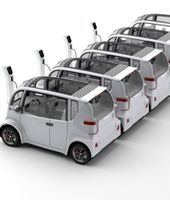
Electric vehicles in India have surged in the last five years, but the sector is still at a nascent stage with only a handful of manufacturers in the four wheeler segment offering fully-electric vehicles in their portfolio. Amongst the leaders in the mass segment is Tata Motors, while high-end manufacturers like Audi, BMW and Mercedes-Benz have at least 2-3 pure electric offerings. The good news is that EVs are here to stay and with the Government providing the right impetus, EV adoption is happening at a brisk pace. However, there are challenges that EVs face, and constant development is the need of the hour.
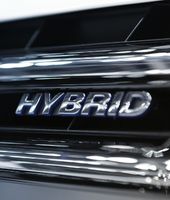
Hybrid vehicles are finally making their way into mainstream products in India. Let's take a look at the different types available and how they function.
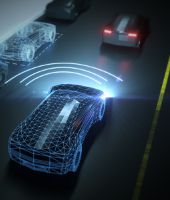
Advanced Driver Assistance Systems, better known as ADAS is a combination of technologies that work towards making driving safer. After all, almost all vehicle accidents are caused by human error and by mitigating that, our roads get safer.








